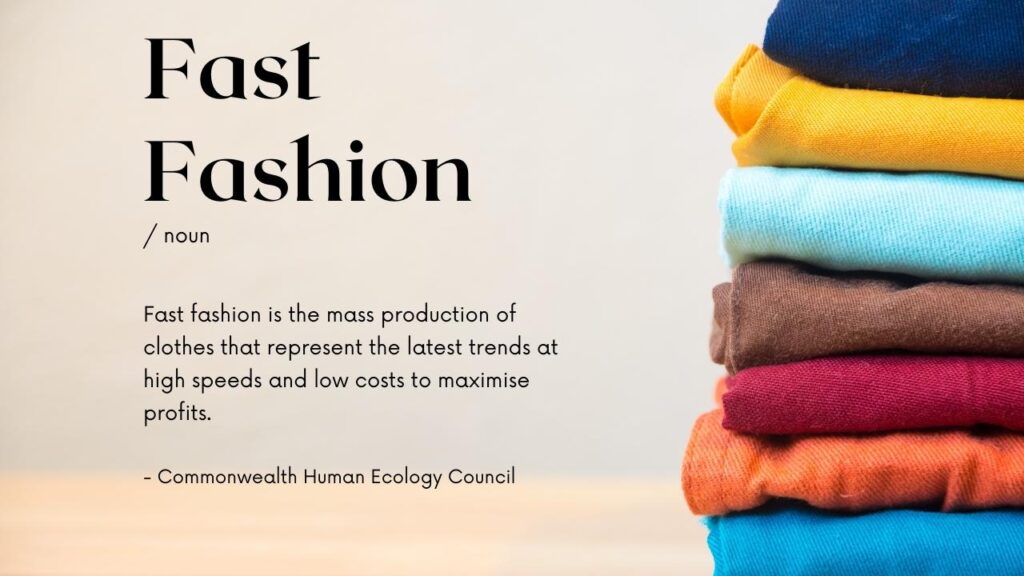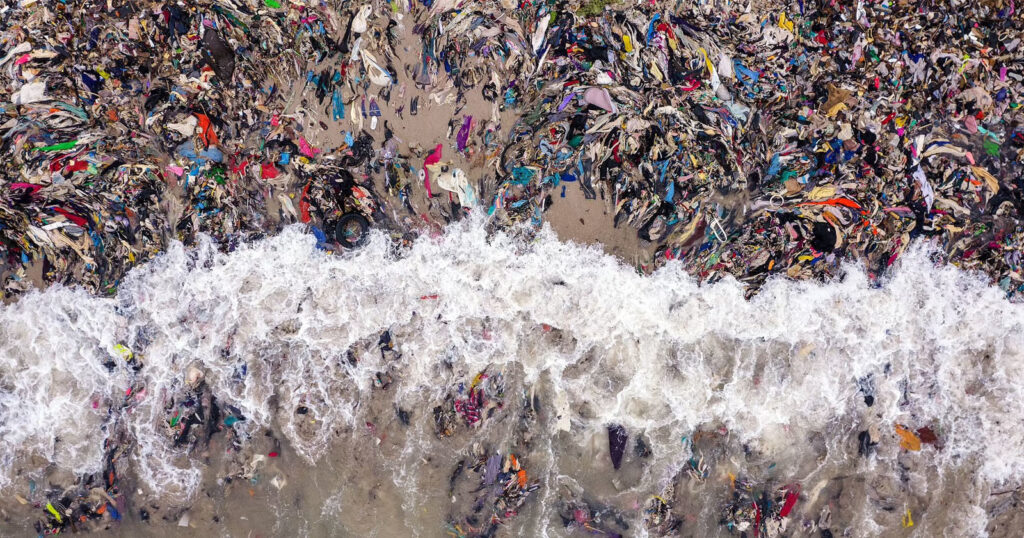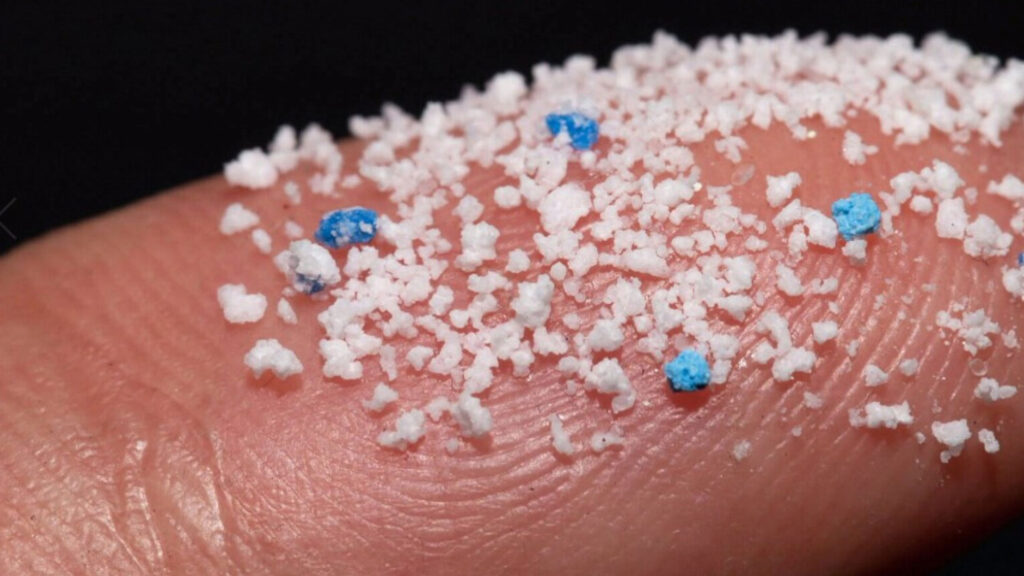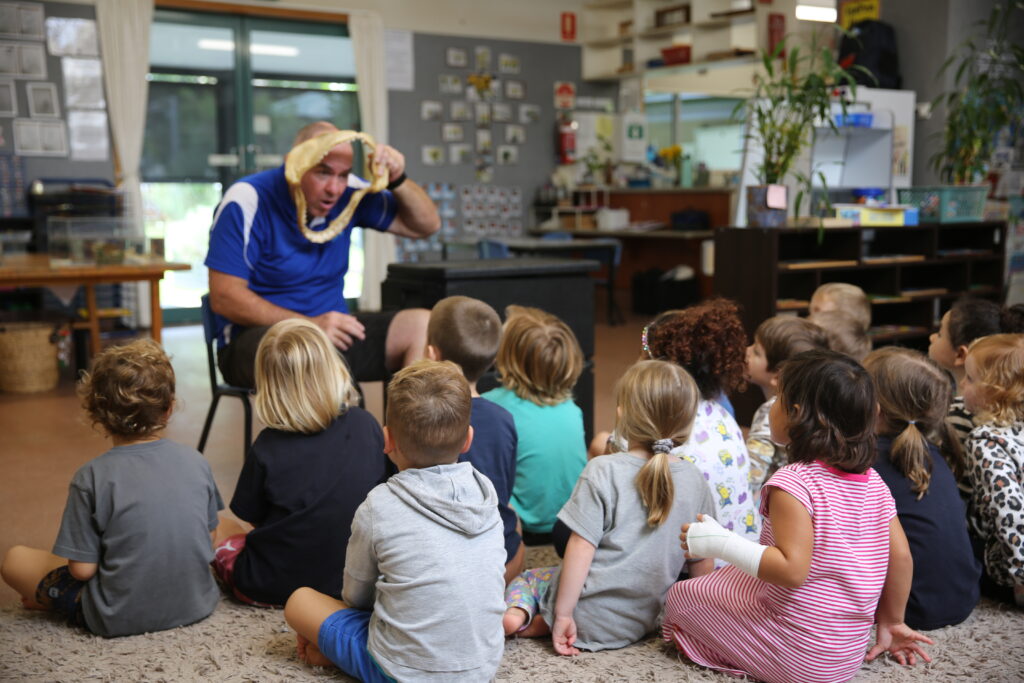
Australians are considered to be the second highest consumers of textiles in the world. Clothing prices are often relatively low and many of us get a buzz from frequently wearing new clothes. But does striving to have the latest designs come at too high a cost to the environment? Read on to as we explain why fast fashion is a problem for the ocean.
What is Fast Fashion?
Fast fashion refers to trendy clothes that are mass produced and made and sold quickly and cheaply, enabling people to buy new clothes often. In order for the clothes to be sold cheaply, the workers who make these clothes are often paid very low wages and the materials are poor quality.
In the past, the fashion industry released new designs on a seasonal basis – four times a year. Nowadays some big fashion houses release a new line every week, producing almost twice the amount of clothing today than they did in 2000. Alarmingly, many of these garments are hardly worn at all and up to 85% go into landfill each year. In Australia that is thought to be enough to fill an area the size of Sydney Harbour. So, this is obviously a big issue.
The Role of Social Media in Fast Fashion
Social media has created social shopping and enabled fashion sellers to reach their audiences (the buyers) quickly, easily, constantly and cheaply. Most of us have been attracted to make a purchase by a quicky snappy offer and most of us enjoy a bit of retail therapy from time to time. But do we actually need all this stuff, or are we just on the fast fashion tread mill and being told what we need and making purchases without really thinking about it too much?

The Fashion Industry
Creating trendy clothing takes a huge amount of resources. The fashion industry is one of the largest producers of carbon, the world’s largest user of water and produces 20-35% of the microplastics in the oceans.
Materials & Ocean Microplastics
Textiles used by the clothing industry fit into two broad categories: natural and synthetic. Natural materials such as cotton and wool are made from plant and animal sources and tend to be more expensive and last longer. Fast fashion relies on low-cost materials and quantity over quality, so synthetic, plastic- based materials such as polyester, acrylic and nylon are preferred. These synthetic materials produce non-biodegradable waste that is a major source of pollution in our oceans. Each time these garments are washed, thousands of tiny fibres are released from them and travel through our water ways to the ocean. Up to 75% of ocean creatures may have ingested ocean microplastics and suffer long term issues as a result.

How You Can Help Reduce Fast Fashion Waste
Obviously, the fashion industry need encouragement in the form of policy to encourage a refocus on making things that last and so encourage reuse and recycling. But if we don’t buy those garments in such quantity in the first place, we can make a significant difference ourselves.
The first and most simple thing you can do to help reduce fast fashion waste is to take a step back and think about whether you actually need the item. Do you already have something similar? Why not save the money? From here you can start changing your behaviour by simply shopping more mindfully.
Tips for Combatting Fast Fashion
-Think before you buy – do you actually need it and put the money to better use?
-Avoid buying new items cheaply each season, and instead be prepared to invest in high quality pieces that will last
-Start looking further into the brands you buy from and investigate their eco-credentials. Do you actually want to give them your money if they don’t care about the environment?
-Be prepared to ‘make do and mend’ – maybe you already have the item, but it needs a stitch or two?
-Check out the bargains in the op shops
-Share what you learn with your friends and others
-Support charities and organisations that are tackling fast fashion
Of course, there is no one simple solution to the issue of fast fashion but shopping mindfully and thinking about what that cheap items represents and whether you actually need it is a very good place to start.
Further reading
For more information about Human Impact on the Ocean, check out our website for courses and free resources
Sources
 Check out our Marine Biologist for A Day Program – Ages 7-12 years
Check out our Marine Biologist for A Day Program – Ages 7-12 years
Our Goal
Ocean Life Education’s goal is to educate children about how our lives are interconnected with our ocean and to inspire them to feel a responsibility to take action to protect it.



 Ocean Life Education’s Marine Educators
Ocean Life Education’s Marine Educators